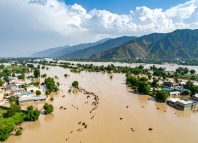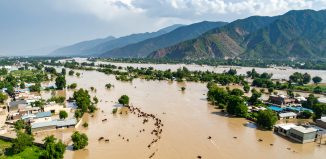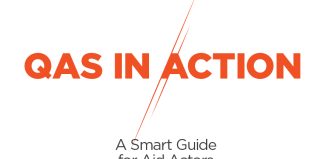Regional Collaboration for Resilience
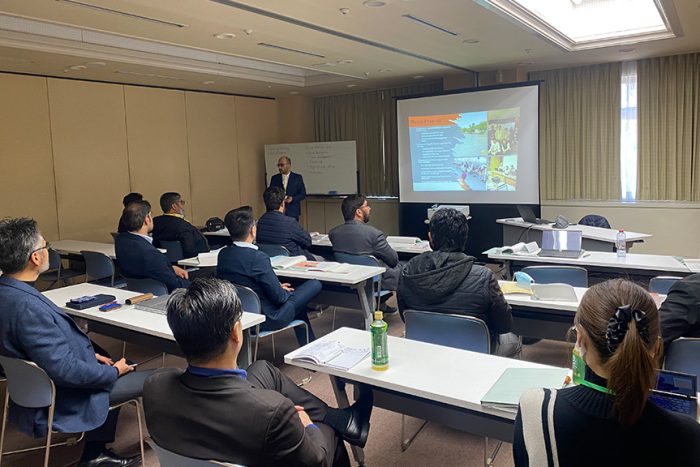
Shaping Future Disaster Risk Reduction Strategies in a disaster-prone Afghanistan
Community World Service Asia (CWSA), under its Under its Climate Action and Risk Reduction program, is working with various humanitarian stakeholders in Afghanistan, including the civil society, affected communities, academia, students and government bodies to enhance their disaster risk reduction capacity through technology transfer from Japanese experts. These initiatives aim to introduce and promote the latest methods and technologies in mitigating disaster risks most prevalent in the Afghanistan context.

In January 2024, a specialised six-day training focused on learning about sediment disasters, which are more common in Afghanistan, was organised by CWSA partners1 in Japan. Ten participants, including CWSA’s Disaster Risk Reduction (DRR) project staff, four university instructors and researchers (from Afghanistan), two Afghanistan National Disaster Management Agency (ANDMA) staff members, a DRR consultant, and one local community member, engaged in this residential learning program. During the course of the training, participants learned thoroughly about sediment disasters, including their causes, mitigation steps and prevention, specifically drawing insights from Japan’s expertise in managing similar challenges.
Key Learnings
- Comprehensively understood the function and infrastructure of Sabo Dam2, delving into the intricacies of safeguarding against sediment disasters
- Experienced practical assessments and analysis around disaster risk
- Built capacity on technical skills around effective sediment disaster risk reduction and prevention
- Experience and knowledge sharing of various, dynamic contexts through international collaboration
“Participating in this specialised gave us valuable insights. The on-site visits to Sabo sites in Shizuoka Prefecture during the training really enriched my understanding of infrastructure intricacies, observation methodologies, and risk reduction measures. This experience reinforced my commitment to international collaborations for a resilient future,” shared Mujib Rahman Ahmadzai, DRR Consultant participating in the training.
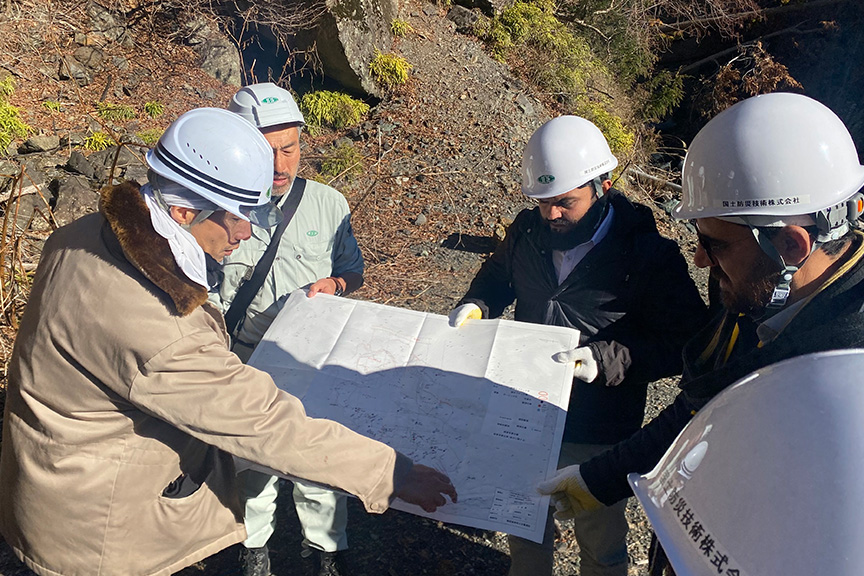
As part of the training, participants learned about the monitoring mechanism of Sabo which included weather monitoring, the River Flood Information System in Japan, handmade rain gauge monitoring, and methods for recording and analysing monitoring values. “The visit to Sabo and Chisan Dams was very enriching as we learned about its drainage system, extensometers, and monitoring of hazard zones using drone cameras. We observed innovative features such as debris flow and flood alerting sensors, CCTV cameras, and a particularly intriguing structure, the Sabo dam, which facilitates the flow of small debris while preventing larger stones and woods from downstream movement. This Japanese approach also inspired us in terms of DRR awareness at the community and school levels, putting up banners and gatherings along streets. This awareness mechanism appears highly effective and can potentially be applied in Afghanistan, a region prone to natural disasters,” said Zalmay Khaliqi, Lecturer at Civil Engineering Department of Engineering Faculty Nangarhar University.
After gaining key insights into Japan’s technology applied in the Sabo infrastructure, participants felt confident about addressing sediment disasters and regularly monitoring dams in their own context. The training curriculum included learning sessions on classification of sediment disasters, including debris flow, landslide, and slope failure, as well as the functions of Check Dams (SABO Dams). The training also gave participants a platform to learn in detail about the soft measures that Japan adopts and takes; the necessity of non-structural measures, the composition of disaster risk and risk reduction, and Japan’s holistic approach to disaster risk reduction.
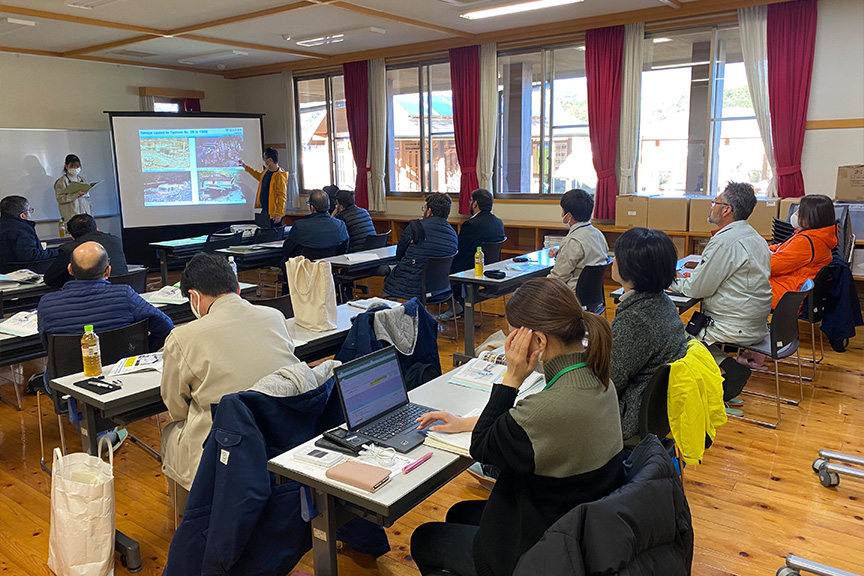
“Interactions with Japanese experts introduced me to cutting-edge technologies and methodologies, contributing to my understanding of efficiency, time management, and effective collaboration. Building bonds with Japanese counterparts through collaborative projects established a meaningful bridge between our nations. This international journey not only expanded my knowledge but also equipped me with the tools to make a positive impact in humanitarian work, fostering hope for collaboration with fellow scholars for meaningful contributions in various relevant fields,” shared Sharifullah Peroz, faculty member, Kabul University.
Afghanistan, characterised by a vastly mountainous terrain and high valleys, consistently faces severe natural hazards, annually resulting in huge casualties and damages. Given these vulnerabilities, it is critical to actively seek and explore appropriate and accessible methods to reduce disaster risks and adopt effective preventive measures locally and nationally. Keeping this in mind, the educational experience on disaster risk reduction in Tokyo, Japan, holds special significance. The hosts of the program in Japan, particularly the engineering team, demonstrated remarkable commitment and responsibility towards their government and citizens, as evidenced by practical aspects presented in the program. The participation of ANDMA staff and Afghan university professors is expected to significantly impact the transformation of innovative disaster management and risk reduction in the country. The adoption of technology in projects related to check dams in vulnerable areas and landslide-prone regions in Afghanistan is anticipated to bring positive changes.

“The participation of professors and senior academians from Afghan institutions facilitated fruitful discussions, providing a platform for knowledge exchange. The cohort demonstrated exceptional technical acumen, complying with established rules, and the concluding action planning phase showcased collaboration among participants from various government entities and academia. Their dedication aims to sustain momentum and mainstream initiatives upon their return. Gratitude is extended to all contributors for the success of this impactful training, reinforcing our collective ability to overcome challenges,” shared Takeshi Komino, Director CWS-Japan.
- CWS Japan, Ministry of Foreign Affairs – Japan (MoFA), Japan Conservation Engineers & Co., Ltd (JCE)
- A sabo dam, short for “sabotage dam,” is a type of dam designed to prevent or mitigate the impact of natural disasters, such as landslides or debris flows, by intentionally obstructing or diverting the flow of debris. This infrastructure serves as a model to embrace best practices in Afghanistan under the DRR Project, aiming to minimize the damage and risks associated with disasters.

